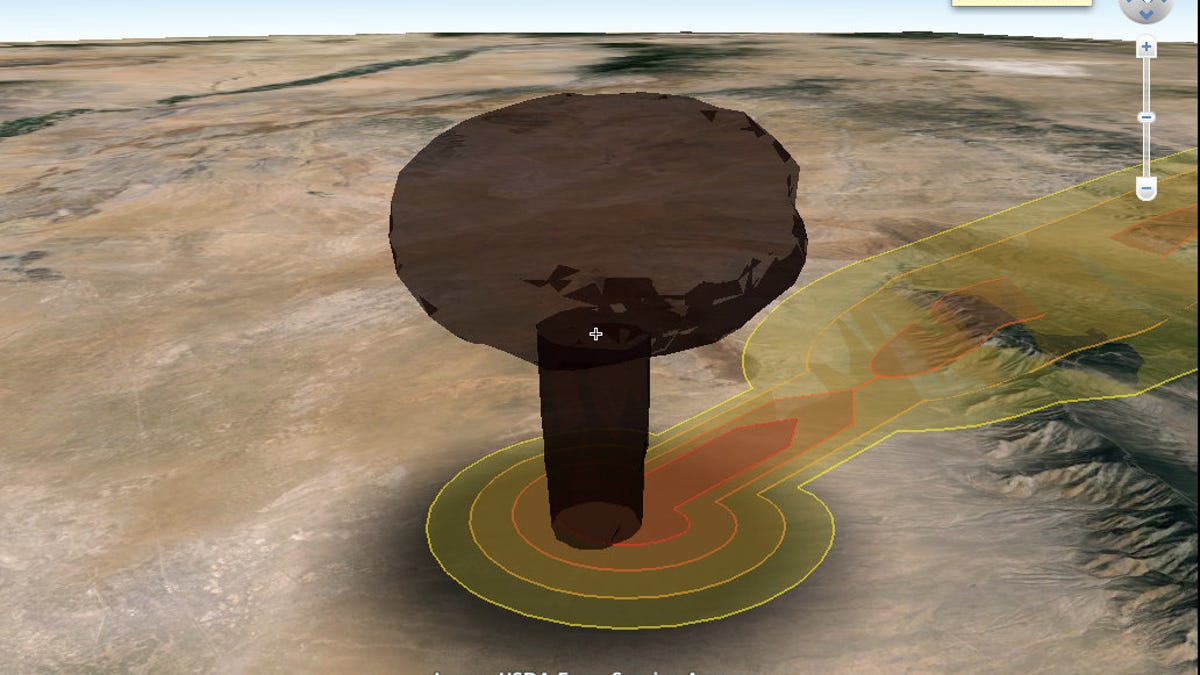NukeMap3D brings nuclear apocalypse to Google Earth
A nuclear fallout simulator for Google Earth offers a sobering reminder of the power of atomic bombs, both historical and modern.

Seeing footage of a nuclear bomb explosion can give you the chills. While we can all fervently hope no new images of mushroom clouds are ever created, there are ways to imagine the swath of destruction left by these powerful weapons. NukeMap3D simulates the effects of nuclear weapons using Google Earth.
The simulator lets you choose from a wide variety of parameters. You can pick the place, choose the size of the bomb, set a viewing location, and even animate the growth of the mushroom cloud. You can also plot the fallout based on wind speed and direction, and estimate the number of casualties.
The big selection of preset bombs offers everything from "Davy Crockett," a relatively small nuclear projectile, up to the 100-megaton Tsar Bomba that was designed by the Soviet Union, but never tested. The scale of destruction for the latter monster is nearly off the charts.
I ran a historic simulation of the detonation of the "Gadget" at Trinity Site in 1945. The results were no casualties, but the fallout pattern stretches into the distance. Running the same test on various cities generates a sobering number of potential fatalities.
NukeMap3D is an update on an earlier 2D version. Seeing the damage in that extra dimension manages to makes the whole simulation even more worrisome and haunting.

